It's you're lucky day; you've finally found a website that talks about wild animal repellant. Finally, you're about to find out what you need to...
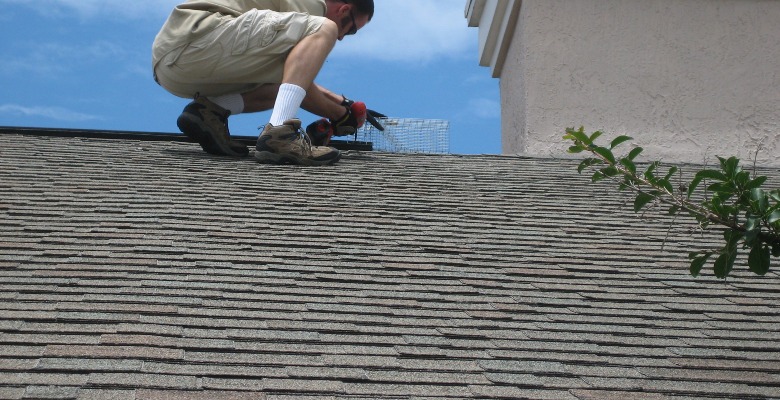
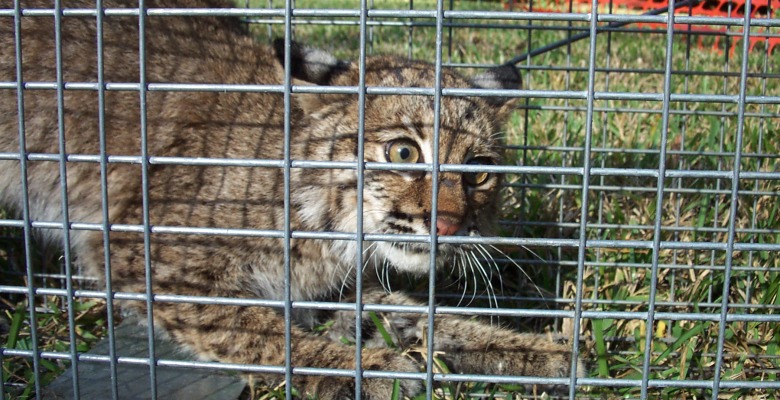
Every nuisance animal problem is unique, but there are a handful of steps that should be taken when addressing these situations.
We can help! As America’s largest wildlife control company, we service over 1000 locations across the USA. Call us today to check our prices in your town.
Inspecting the home: Home and property inspection is an important first step and should not be skipped. In order to prevent more nuisance wild animals from showing up, all entry points need to be identified. This is particularly important for home infestations. Smaller rodents like mice, rats and squirrels can squeeze in through tiny holes homeowners might not think are issues. All openings into the home, no matter how small, need to be found. Even if a hole isn’t being used currently, a desperate animal could scratch or claw its way through if regular entry points are sealed up.
Cleaning up debris/managing landscaping: Debris around the yard as well as overgrown landscaping will encourage nuisance wild animals to visit the area. Tall grass and piles of lumber or old scrap metal make for excellent cover as mice, rats, squirrels, snakes, and smaller wildlife move around. As long as there is a feeling of safety, it will be very difficult to get rid of nuisance wild animals. If there are areas of your yard that aren’t able to be cleaned up, moved, or landscaped, the best option is to install fencing around those areas to discourage animals from seeking shelter. The same can be said for the interior of a home. If your attic or crawlspace is disorderly, it should be cleaned to eliminate nooks and crannies for critters to hide in.
Select the appropriate trapping/removal method: Once you’ve identified where nuisance wild animals are coming in and all the debris has been removed from the property, the next step is to determine the way trapping method for removing the nuisance wild animal. Every animal is different, and depending on the type of animal as well as the location of the animal’s nest or den, different trapping/removal methods will be necessary. For some animals, like mice and rats, lethal trapping is the only viable option. Other animals, like squirrels are best caught through exclusion methods, and others still are better caught using live cage traps.
Seal up entry holes: As a general rule, all potential entry holes for nuisance animals need to be sealed; however, depending on the animal, one or two holes may need to be left open as a part of the removal process. This is critical for handling small rodent infestations. All holes must be sealed and then the trapping process can begin. Because of how different circumstances warrant different removal tactics, this step occasionally takes place before the trapping and removal process or occurs simultaneously.
Remove the animals from the property: To get rid of nuisance wild animals check with your local environmental agency regarding policy. Rats and mice are one thing, but trapping a woodchuck or skunk may fall under certain provisions of your local trapping law. Some states and local governments require trapped animals to be humanely euthanized after capture, and some forbid anyone other than a licensed professional from trapping for the purpose of removal. If you have been given the green light to get rid of nuisance wildlife, make sure any caught alive are relocated at least 10 miles from your property to prevent them from returning. As a matter of ethics, make sure you relocate an animal to a place where it has the opportunity to find shelter, food and water.
Clean up animal waste and conduct repairs: For hygiene purposes it’s important to clean up after a wild animal has been around your home, but it is also important in the prevention process as well. Wild animal waste and secretions give off pheromones that can draw others of their species to the same location. This potential animal lure is why repairs are also very important. Leaving any openings or damaged areas from the previous animal will only make it easier on the next one looking to move in. Practice caution, however, when handling animal waste. There are a handful of diseases humans can get from feces and urine. If you are unsure how to go about cleaning up the mess after you get rid of nuisance wildlife, call a professional to handle the job safely.
Over 1000 locations across the United States!
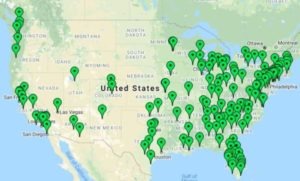

It's you're lucky day; you've finally found a website that talks about wild animal repellant. Finally, you're about to find out what you need to...
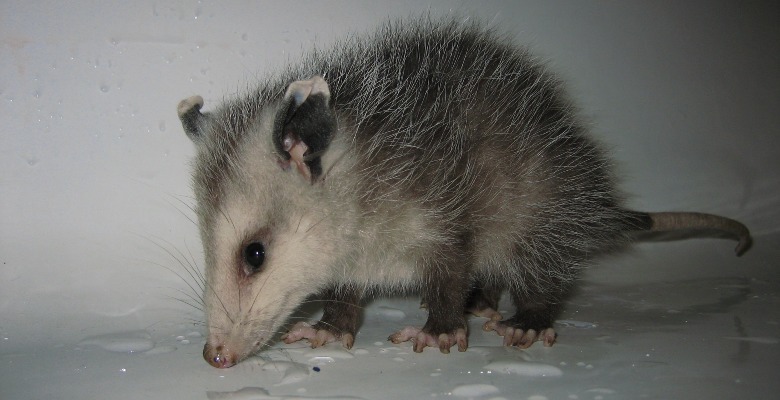
Wild animals can expose humans and pets to a number of diseases. Some of these issues, like rabies, are well-known, but others may not be so...
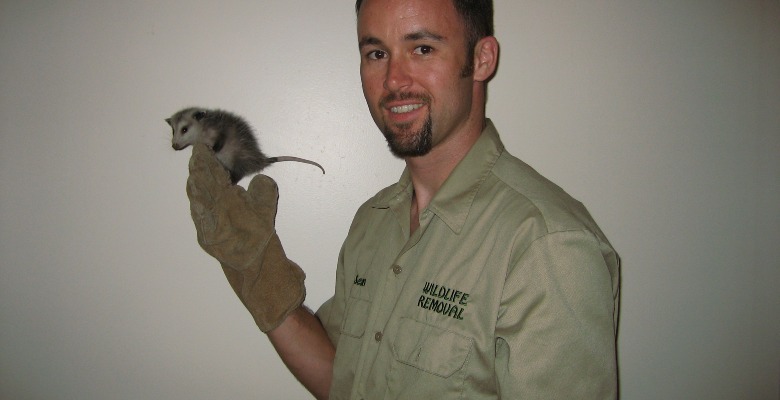
There are many myths out there regarding humans and baby wild animals; if you touch it the mother won't take it back, etc. The truth is less severe,...